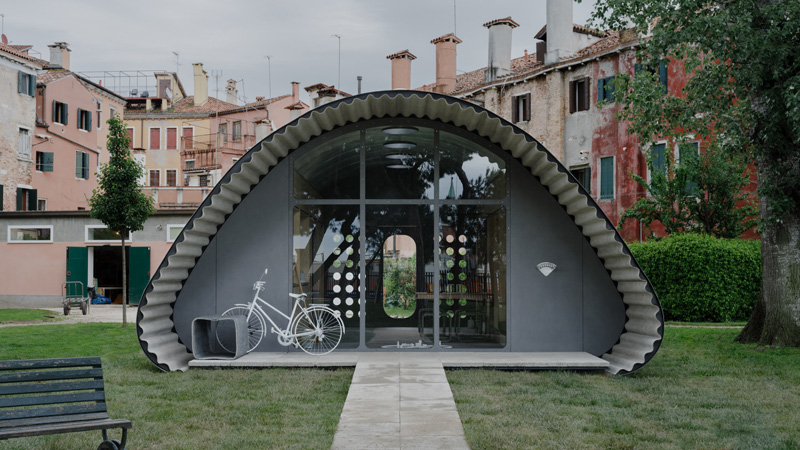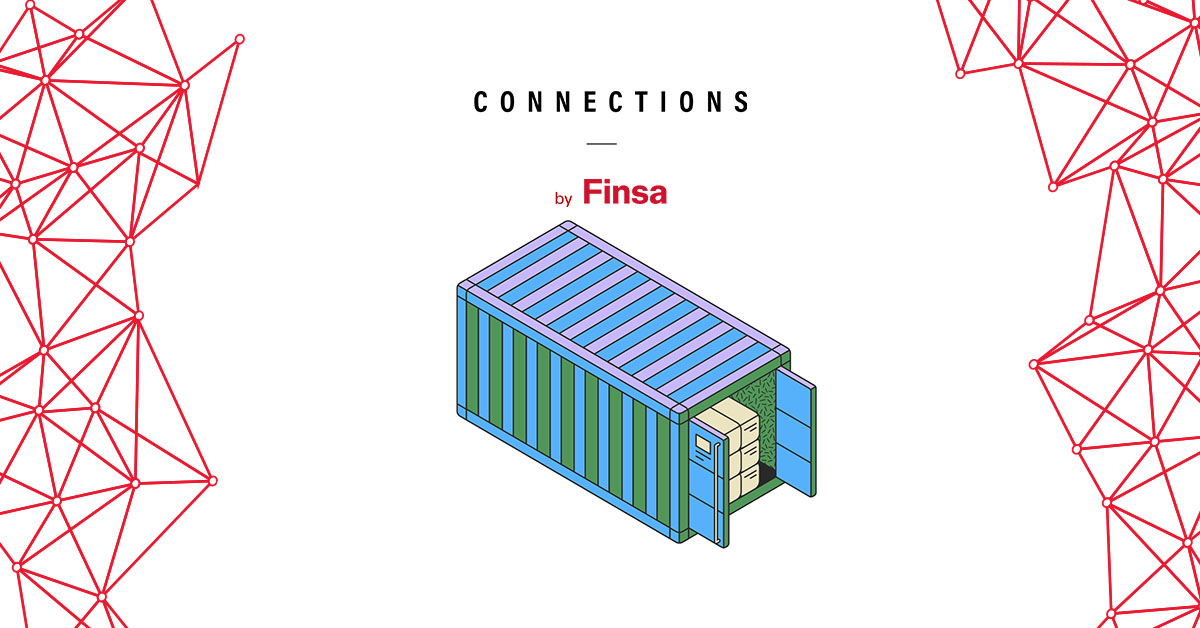The housing problem goes far beyond rental prices. While these also leave many people in vulnerable situations, there are other issues that urgently require solutions to offer dignified residences, whether temporary or more long-term.
For example, in 2023 alone, more than half a million people worldwide lost their homes in natural disasters. By mid-year, there were 36.4 million refugees. Additionally, in 2022, approximately 700,000 people in the European Union slept on the streets or in emergency or temporary shelters every night.
Therefore, it is not surprising that the architectural world is also dedicating efforts to designing social and emergency housing—rapid and sustainable construction—to help mitigate this problem.
One proposal comes from architect Shail Patel who, through the artificial intelligence tool Midjourney, has devised modular capsules aimed at addressing homelessness. His design, which seeks to be sustainable and eco-friendly, is intended to activate unused urban spaces and provide residents of each capsule with housing that guarantees privacy, comfort, and safety.

The Norman Foster Foundation has also presented a project aimed at solving the homelessness problem. Essential Homes, designed in collaboration with Holcim and presented during the 2023 Venice Architecture Biennale, offers affordable and sustainable housing with eco-friendly materials, reducing the carbon footprint by 70%. The constructions are intended to provide safety, comfort, and well-being to displaced persons, who sometimes live for decades in temporary settlements.

Some companies are thinking about how to offer shelter to people affected by natural disasters, events that can destroy or leave thousands of buildings uninhabitable in seconds. In these cases, the speed of being able to erect a new temporary home is crucial, something the tech startup Maawa has taken into account with their proposal: their Maawa X shelter, which is made of cardboard and weather-resistant, can be assembled in 47 seconds. They also considered that its inhabitants (one or two per shelter) might want or need to change location, so disassembling and transporting the house is also easy (it weighs less than 15 kilos).

These are just three examples of innovative solutions for a problem that cannot be ignored. As the Norman Foster Foundation stated, it is necessary to start the conversation about how to create sustainable housing that is accessible to everyone and allows us to build a future that works for both humans and the planet.




